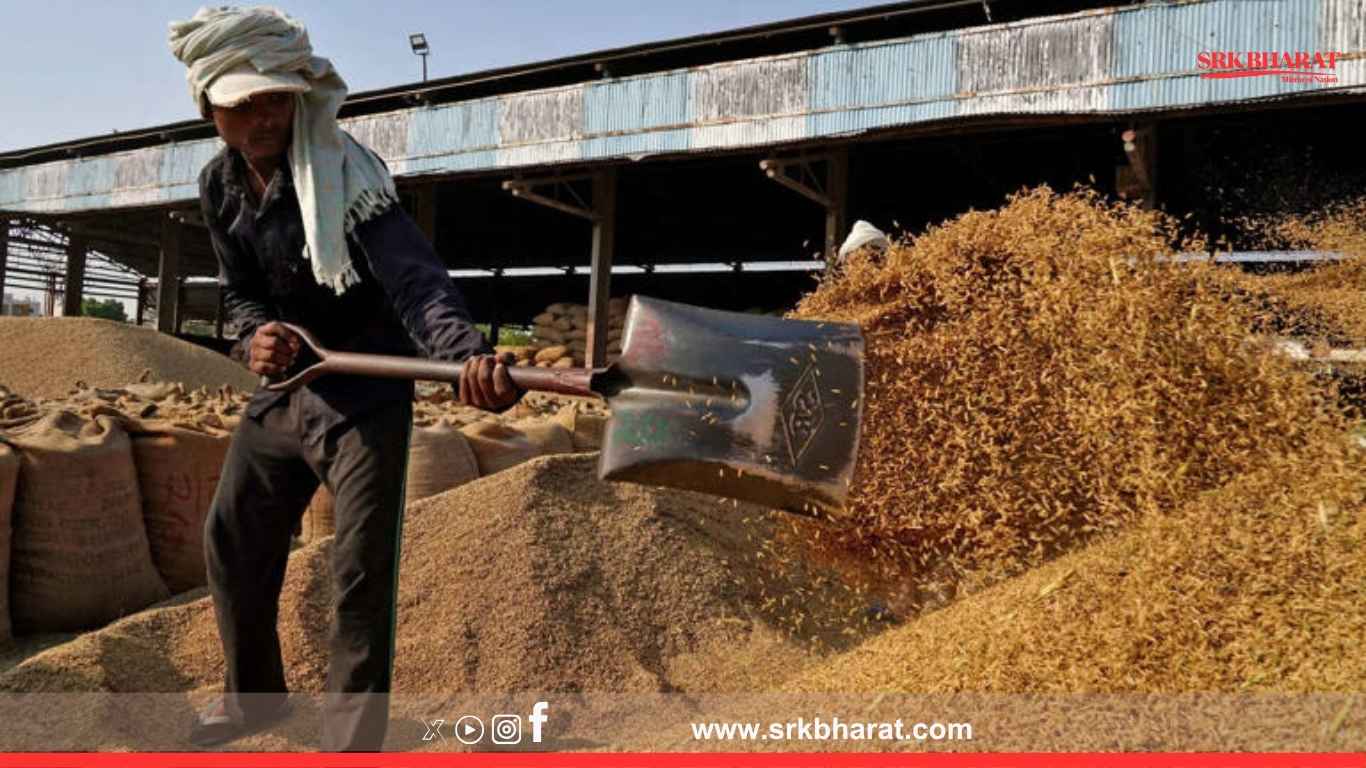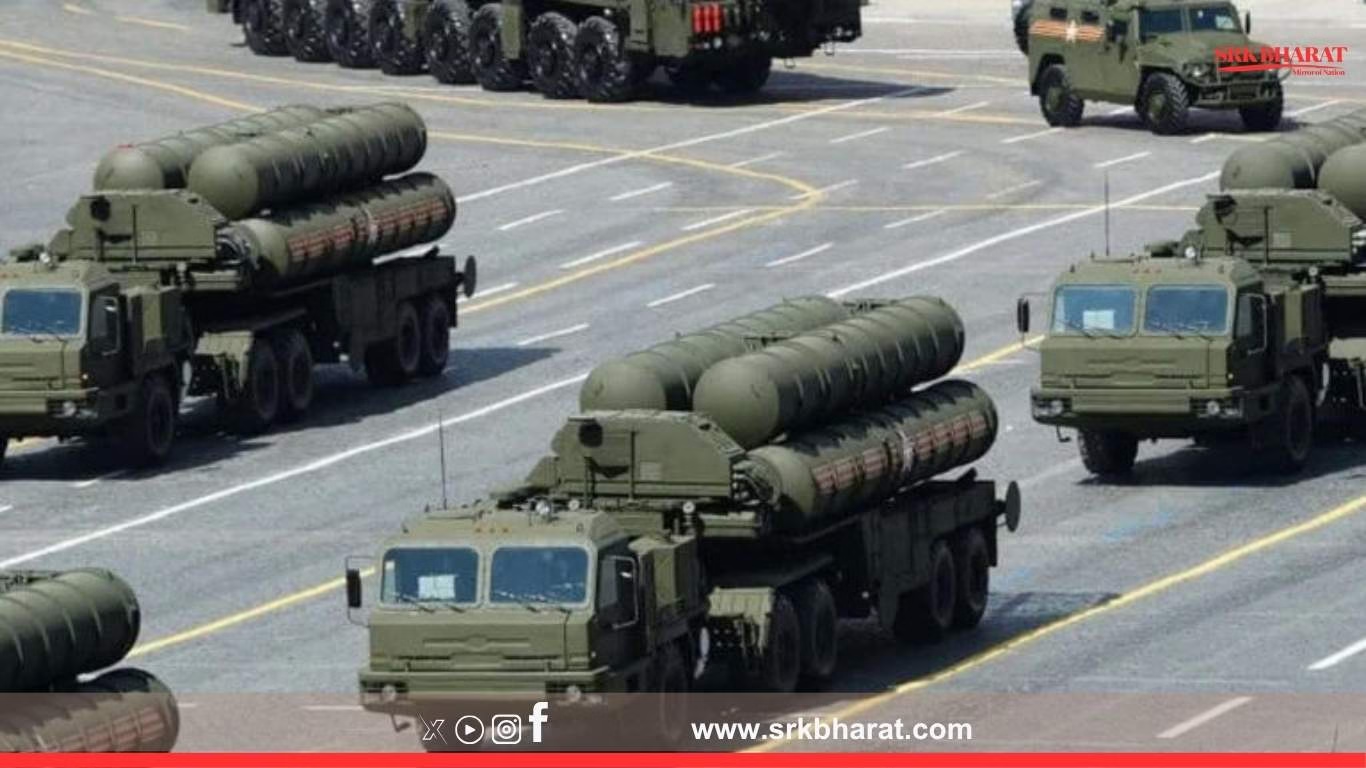India has shifted gears from managing rice shortages to tackling a surplus, allocating a record 5.2 million metric tons of rice for ethanol production—a strategic move to sustain its ambitious 20% ethanol blending target by 2025–26.
From Export Curbs to Ethanol Push
Following two years of export restrictions due to poor monsoons, India is now flush with rice, holding 59.5 million metric tons in reserves as of June 1—more than four times the government’s July target of 13.5 million tons. With sugarcane output hit by drought in 2023, rice has emerged as a key alternative feedstock for ethanol.
“We’ve decided to use some of it for ethanol production,” a senior government official told Reuters, citing the need to manage excess stock.
Impact on Energy and Agriculture
The move has helped India reach 19.8% ethanol blending in petrol last month, nearly hitting its 20% goal ahead of schedule. It has also eased pressure on corn prices, which had spiked due to high demand and limited supply.
Grain-based distilleries are now switching between corn, rice, and damaged grains, depending on market prices, to optimize ethanol output.
Global Implications
The rice diverted for ethanol equals nearly 9% of global rice shipments for the 2024–25 marketing year, underscoring India’s influence as the world’s largest rice producer and exporter.
🔁 Share this article to explore how India’s ethanol strategy is reshaping its food-energy balance and global grain markets.











